Success breeds complacency. Complacency breeds failure. Only the paranoid survive ~ Andy Grove, Former CEO of Intel Corporation
Every industry has its own champion - the market leader that dominates the competition with its massive market share, trend-setting innovation, and renowned brand reputation.
For other players, especially newcomers, challenging such a giant can seem like a daunting task. Even establishing a small foothold in the market shadowed by a leading brand requires facing off against a formidable opponent.
However, being the king of the hill also comes with its own set of vulnerabilities. Challenger brands must identify these weaknesses in order to overthrow the incumbent and claim the top spot for themselves.
Market leaders may become complacent, slow-moving, and less agile as they focus on maintaining their status. They may also become vulnerable to public backlash or changing preferences. The weight of maintaining market dominance can be a heavy burden to bear.
As the old saying goes, "heavy is the head that wears the crown."

Dinosaur-Narrative
Market leaders can be new to the scene or established for decades. But when you're faced with an incumbent market leader that has been around for a long time, you can use a powerful strategy to outmaneuver them: dub them as a dinosaur.
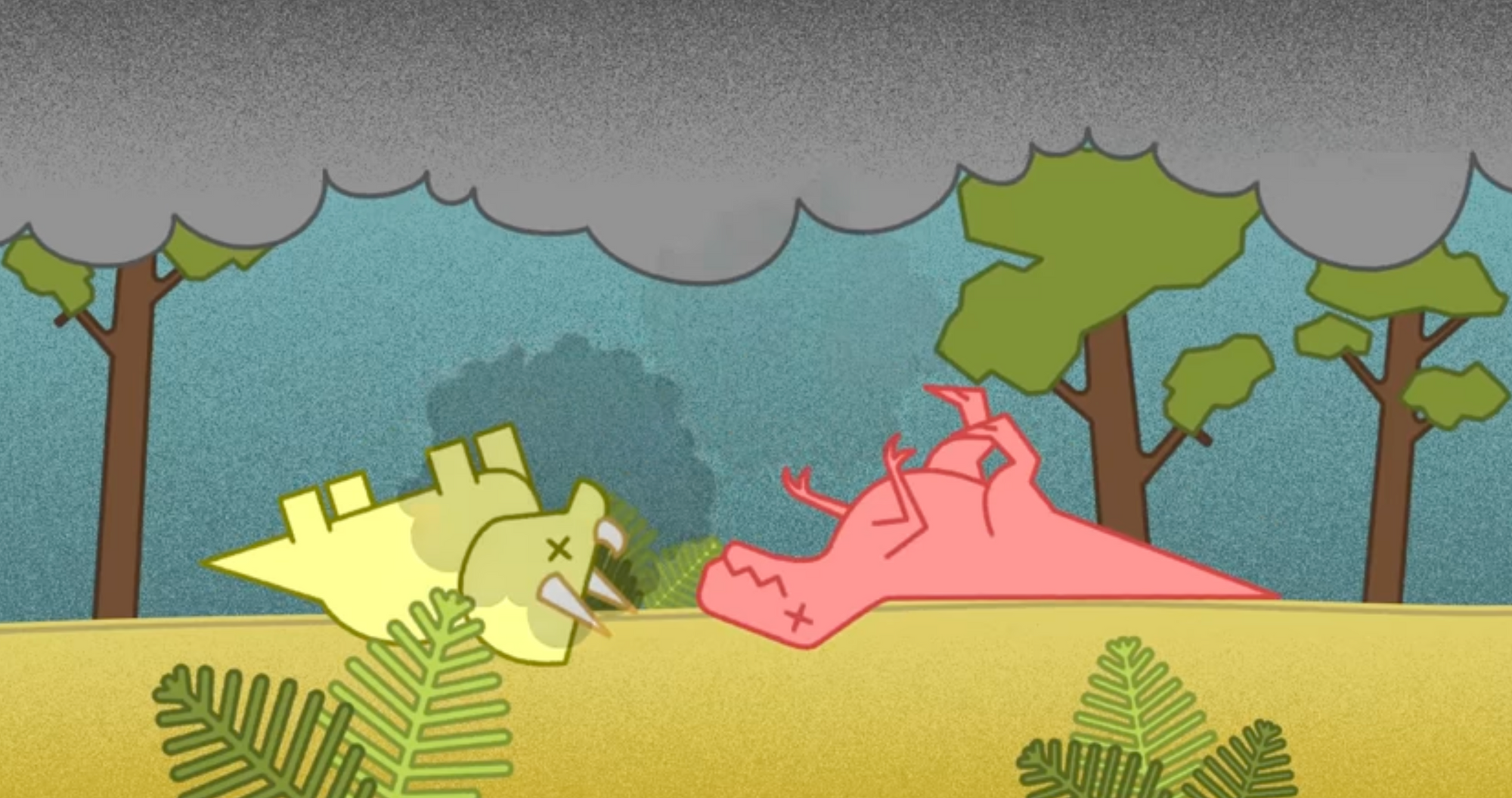
This approach involves repositioning the market leader as outdated and destined for extinction. By portraying them as old-fashioned and behind the times, you can create a perception that choosing them means being stuck in the past.
This strategy works because people are often dissatisfied with the status quo and crave change. By positioning your brand as the new, fresh alternative, you can appeal to this desire for something different.
Inevitable extinction
There have been many companies that have failed to innovate and were quickly overtaken by competitors or became obsolete in their market. Here are a few examples:
- Blockbuster - Blockbuster was a video rental store chain that was dominant in the 1990s and early 2000s. However, they failed to innovate and adapt to the rise of online streaming services like Netflix, and as a result, they filed for bankruptcy in 2010.
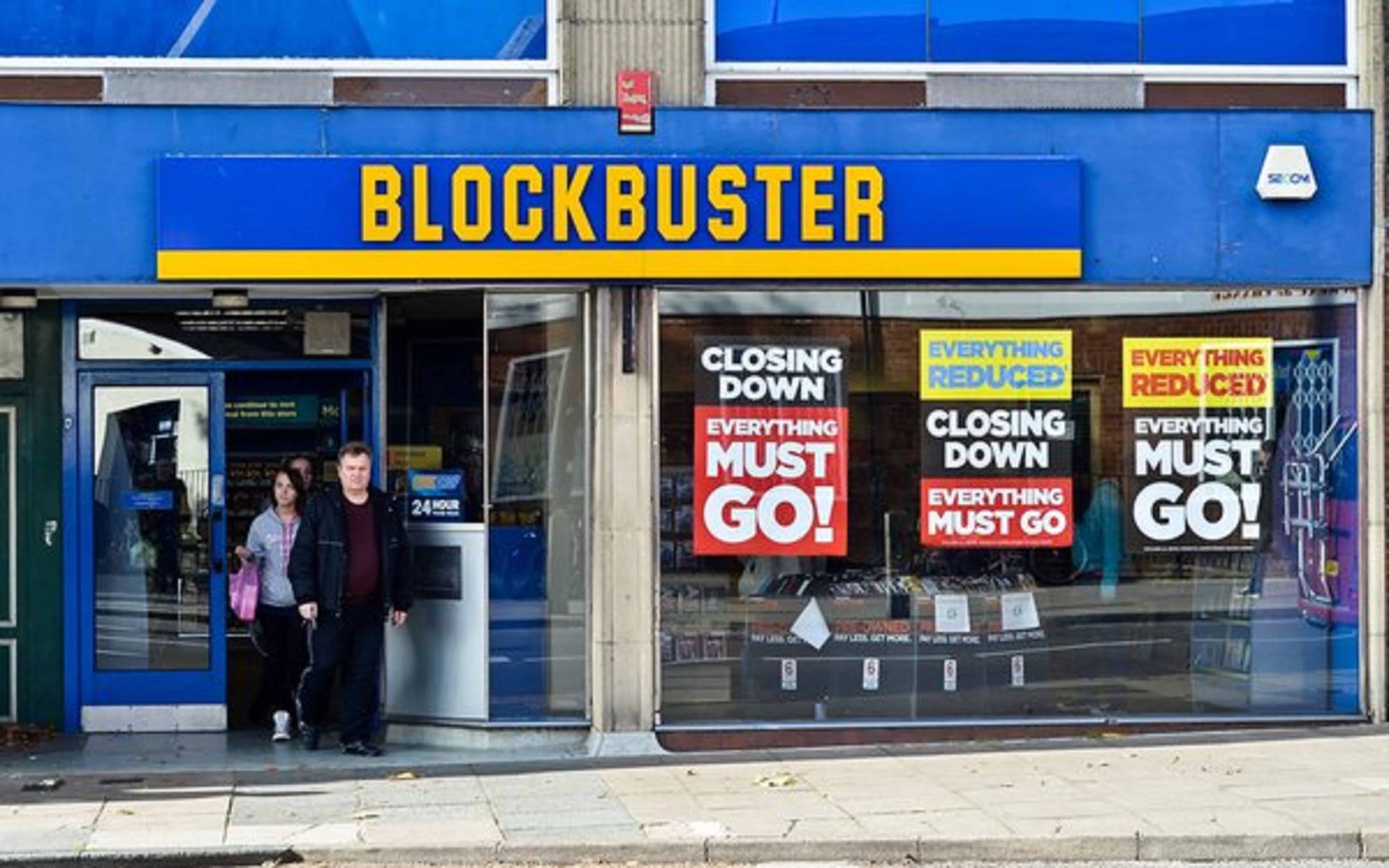
2. Kodak - Kodak was once the dominant player in the photography industry, but they failed to keep up with the shift from film to digital photography. Despite being an early innovator in digital photography, they were slow to transition their business and were ultimately overtaken by competitors.
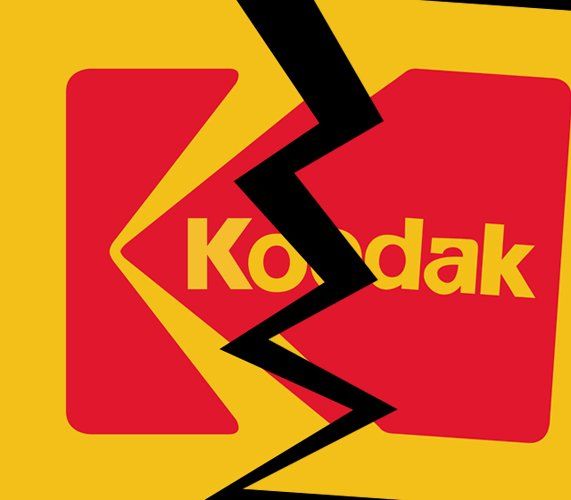
3. Nokia - Nokia was once the world's largest mobile phone manufacturer, but they failed to keep up with the shift to smartphones and touchscreens. They continued to produce traditional mobile phones long after competitors like Apple and Samsung had started producing smartphones, and as a result, they lost their dominant position in the market.

Each of these were first devoured by the dinosaur-narrative before they actually went extinct.
Out of touch
To dub the market-leader a dinosaur, try:
A) Highlighting their age: Emphasize how long the market leader has been around and how they have been doing things the same way for a long time. This can create a perception that they are out of touch with modern trends and innovations.
Despite inventing the firewall and being a global cyber security company for over 30 years, Check Point is facing innovation challenges as new entrants like Palo Alto Networks and Crowdstrike claim it's outdated. This makes it difficult for Check Point to hire and retain top talent."

B) Play up new and innovative features: If there are new features or technologies that the market leader is not offering, make sure to highlight them and showcase how they are more modern and forward-thinking.
One example here is Tesla's Autopilot feature in their electric vehicles. This feature allowed Tesla to differentiate itself from other established automotive companies by offering a unique driving experience with semi-autonomous capabilities. Tesla's Autopilot feature was not available in any other production car at the time, giving them a significant competitive advantage over established players in the automotive industry.
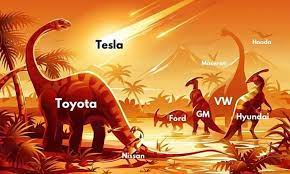
Beware of the moat around option B. As features can be easily copied.
C) Use meme's of humor and satire: One way to make a market leader seem old-fashioned is to use humor or satire to poke fun at their outdated practices. This can create a perception that the market leader is behind the times and not taking themselves seriously.
Salesforce did this well in its early days. The image of the fighter jet shooting forward at high speed conveys a sense of forward motion and momentum, which is what Salesforce was trying to communicate about their company.
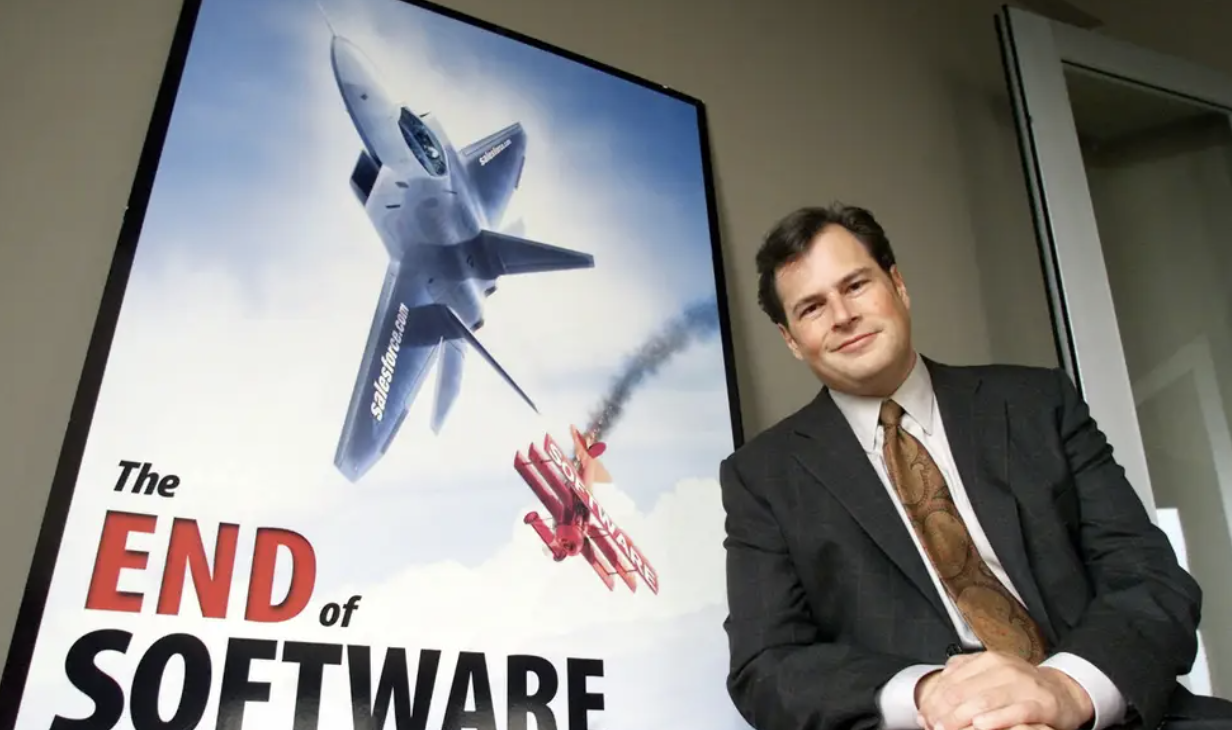
By positioning themselves as a company that is constantly moving forward and pushing the boundaries of what is possible, Salesforce was able to build a reputation as an innovative and forward-thinking company. The fighter jet imagery was a powerful visual metaphor that helped to reinforce this message and make it more memorable and impactful for their target audience.
D) Focus on emerging trends: Highlight emerging trends in the industry and position the market leader as being slow to adapt or not taking advantage of new opportunities.
When Square launched its contactless payment device, the Square Reader, it highlighted the emerging trend of contactless payments and positioned market leaders like PayPal and Intuit as being slow to adapt to the trend.

Square claimed that the Square Reader was the first contactless payment device available to small businesses, emphasizing that their device provided a new opportunity for small businesses to stay ahead of the curve and meet the needs of their customers.
Attract with Forward-thinking
When a challenger brand positions the market leader as old-fashioned and behind the times, it can create a perception that the market leader is resistant to change and innovation, while positioning itself as forward-thinking and progressive.
This strategy can attract users who are looking for new and innovative solutions and dissatisfied with the current market leader. It can also attract top talent who are drawn to the energy and innovation of a challenger brand.

